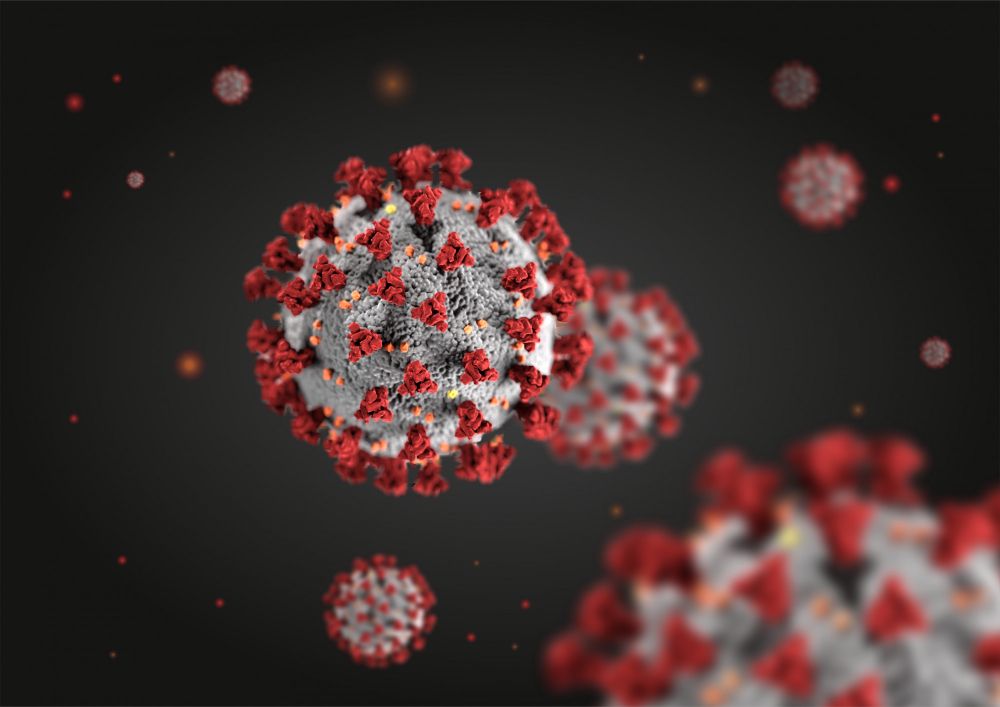
What You Need to Know About the New XBB.1.5 COVID-19 Variant
It’s almost difficult to remember what the world was like three years ago before the onset of the COVID-19 pandemic. As the virus has eclipsed its third birthday, it has spawned numerous variants, some of which have been more contagious than their predecessors and have eventually spread to become the dominant strain.
Such is the case with the latest COVID-19 variant, XBB.1.5, dubbed “the Kraken” due to its virulence. The XBB.1.5 variant is crowding out former COVID-19 variants because it has mutated to become more contagious. In fact, this variant is the most contagious strain of any COVID-19 variant so far. It also has characteristics that allow it to evade an immune response more easily.
Here’s what you need to know about the new XBB.1.5 variant, including infection data, emerging new symptoms, and how to protect yourself.
What Is the New XBB.1.5 Variant?
The XBB.1.5 variant was first identified in October 2022 in New York. It is still considered to be part of the Omicron variant family, as it originated from the omicron variant BA.2. Experts note that though the Omicron variant is a parent of XBB.1.5, it is still possible to get reinfected with XBB.1.5 even if you’ve had an Omicron infection. This is partly because your immunity wanes over time, and it’s also because the XBB.1.5 variant appears to be particularly capable of escaping your immune system’s lines of defense.
What Does the Data Show About the New XBB.1.5 Variant?
As of the last week of January 2023, the XBB.1.5 variant was accounting for more than 61 percent of COVID-19 cases in the United States, according to data from the U.S. Centers for Disease Control and Prevention (CDC). In certain regions of the United States, such as the east coast, the XBB.1.5 variant accounted for around 90 percent of positive COVID-19 tests.
The winter holidays may have assisted the XBB.1.5 variant in its rapid spread. According to CDC data, weekly totals of COVID-19 cases in the United States were dropping week over week, from 478,696 the first week of January to 295,140 the last week of January. For comparison’s sake, when the Omicron variant first emerged last January, cases peaked at 5,629,869 and had fallen to 4,433,162 the last week of January.
As the virus gets milder and more and more people experience repeated infections, COVID-19’s grip on the country will lessen, which is likely why the Biden administration announced its plan to end its COVID-19 public health emergency (PHE) status this coming May 2023.
How Do Symptoms of the XBB.1.5 Variant Differ from Earlier COVID-19 Variants?
The symptoms of the XBB.1.5 variant are similar to the symptoms of previous variants, except that a sore throat seems to be more prominent.
Other symptoms that are associated with current COVID-19 illness include:
- Fever or chills
- Cough
- Fatigue
- Muscle aches
- Congestion or runny nose
- Nausea, vomiting, or diarrhea
- A new loss of taste or smell
Though this latest variant seems to be more contagious than its Omicron parent, it does not seem to cause more severe disease. So, it is less likely that you will experience shortness of breath or difficulty breathing with a XBB.1.5. variant infection.
How to Protect Yourself from the XBB.1.5 Variant
The general principles of respiratory virus protection certainly apply in the case of the XBB.1.5 variant. You can reduce your chances of getting ill—or getting an asymptomatic infection and passing it to others—if you wash your hands frequently, wear a mask in enclosed public spaces, avoid sick contacts, and stay home if you feel ill.
Aside from these general precautions, which are likely second nature at this point, another layer of protection exists with the bivalent booster. The bivalent booster was developed to protect people from the Omicron BA.5 variant, and it has been shown to nudge your immune system into producing antibodies that can fight off the Omicron BA.2 variant, which is the parent of XBB.1.5 variant. For this reason, the bivalent booster will still provide protection against severe COVID-19 disease.
If you haven’t gotten the booster yet, you’re not alone—only 15.5 percent of the US population has. However, it is certainly not too late to get vaccinated, and you’re likely to benefit from decreased severity of illness, especially if you have underlying health conditions.
To learn more about the XBB.1.5 variant and to see the latest statistics and updated trackers, make sure to visit the CDC’s COVID Data Tracker.
Research and materials for this article were compiled, written, and distributed on behalf of the National Public Health Information Coalition. The views and opinions expressed in this blog are those of the various authors. They do not necessarily reflect the official policy or position of the National Public Health Information Coalition or its members.
References:
[1] Omicron XBB.1.5 'Kraken' Subvariant Is on the Rise: What To Know. https://www.yalemedicine.org/news/omicron-xbb-kraken-subvariant
[2] What You Need to Know About XBB.1.5, the Latest Omicron Variant. https://publichealth.jhu.edu/2023/what-you-need-to-know-about-xbb15-the-latest-omicron-variant
[3] U.S. to end COVID-19 emergency declarations on May 11. https://www.reuters.com/world/us/us-end-covid-19-emergency-declarations-may-11-2023-01-30/
[4] COVID-19 Vaccinations in the United States. https://covid.cdc.gov/covid-data-tracker/#vaccinations_vacc-people-booster-percent-total
[5] Early Estimates of Bivalent mRNA Booster Dose Vaccine Effectiveness in Preventing Symptomatic SARS-CoV-2 Infection Attributable to Omicron BA.5– and XBB/XBB.1.5–Related Sublineages Among Immunocompetent Adults — Increasing Community Access to Testing Program, United States, December 2022–January 2023. https://www.cdc.gov/mmwr/volumes/72/wr/mm7205e1.htm?s_cid=mm7

